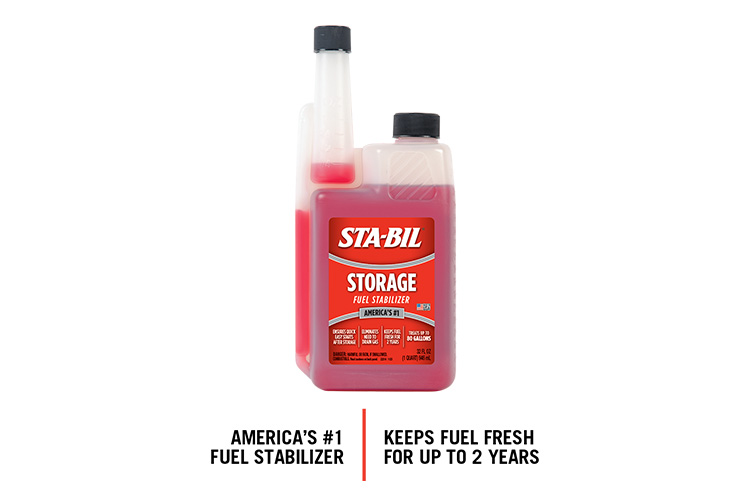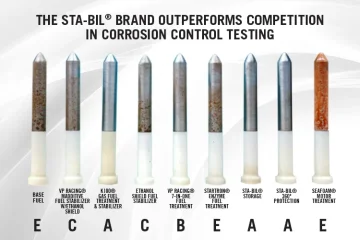If you want to engage in a conversation then please do not mis-quote me. I said there is, "lots of paranoia", on here and in anyone of the popular classic mags. Theoretically ethanol does absorb water and therefore will corrode steel. In reality I have experienced zero problems in the last 10 + years with corrosion (steel Interstate tank) even though the tank has always had E5 fuel in it. One of the old type Amal floats distorted possibly due to age or E5, but not the other one. Amal stated, "E0 to E10 blended fuels have been in use in the USA since the late 1970's and have had no significant effect on the performance or durability of our product.", and anyway their Premier carbs are effectively ethanol proof.
As I've experienced zero corrosion problems with 5% ethanol, I'm cool about 10% content, especially as I fitted several years ago the Amal Premiers. It's not as if the ethanol is twice the strength, just twice the volume. Check out what Amal and the FBHVC have to say, it might stop you worrying.
https://www.fbhvc.co.uk/fuels http://amalcarb.co.uk/ethanol-fuels


